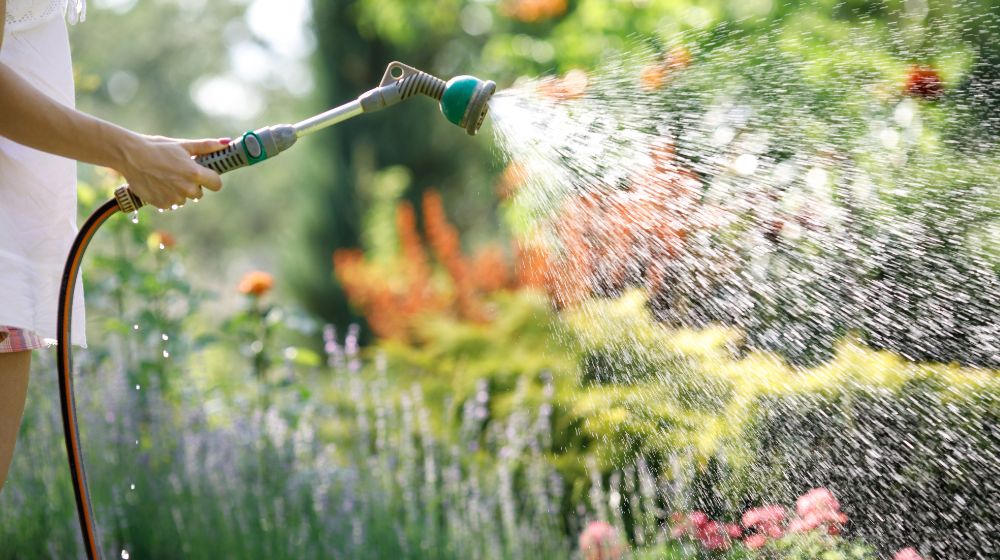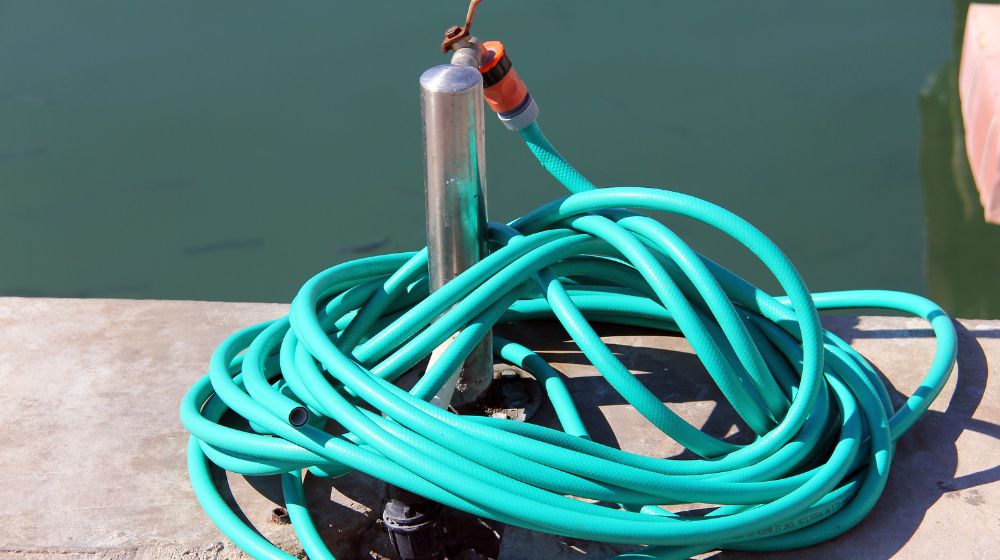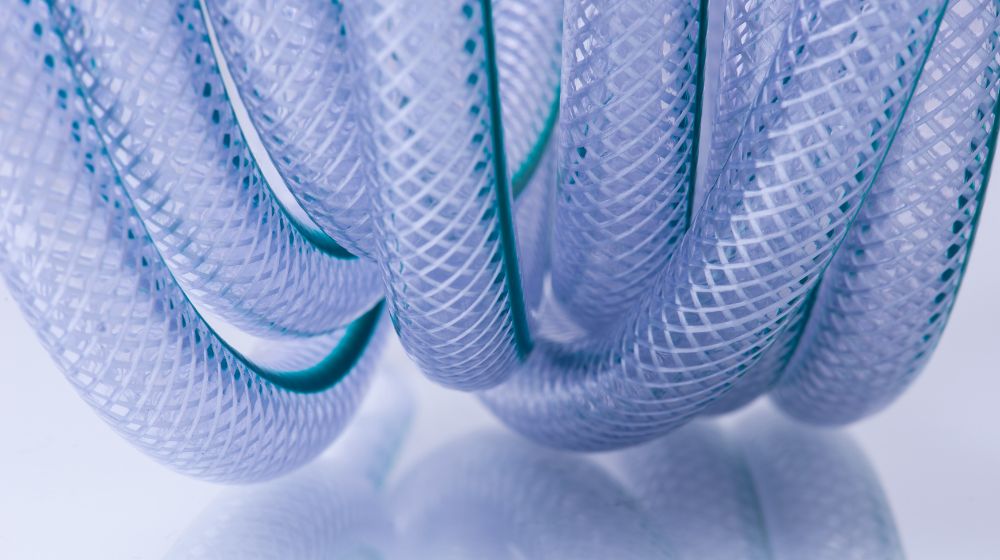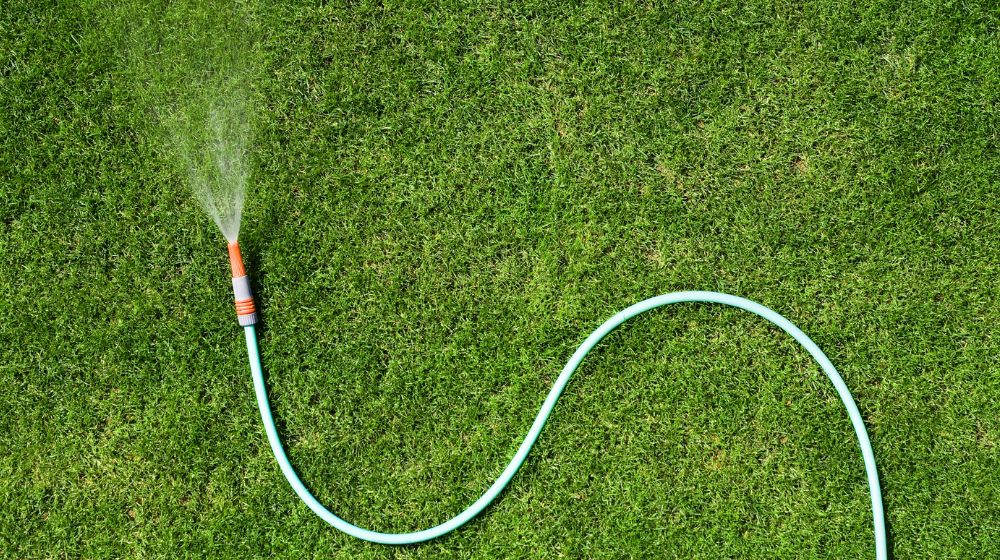

In the seemingly simple process of outdoor watering, the choice of hose is often overlooked. However, for users who pursue an efficient use experience and durability, different hose types will directly affect watering efficiency, user feel, and even subsequent maintenance costs.
At present, rubber hoses and braided hoses are the two most common types of hoses on the market. They each have their advantages in terms of material, structure, service life, convenience, and budget. So, which one is more suitable for outdoor watering? This article will make a comprehensive comparison from multiple dimensions to help you make a more informed decision in the actual purchase process.
A good hose can not only improve watering efficiency but also reduce the chances of malfunctions during use, such as tangling, leaking, or bursting. If the hose material is not up to standard when used in high temperatures or complex terrain, it is easy to age, break, or have other problems, affecting the overall workflow.
For ordinary home users, they may pay more attention to the convenience of operation and cost-effectiveness; while for gardening companies or engineering projects, durability, pressure bearing capacity, and maintenance costs are key considerations. Therefore, correctly understanding the performance of different hoses is an important part of outdoor irrigation that cannot be ignored.
Rubber hoses are generally made of natural rubber or synthetic rubber (such as EPDM, NBR), with thick walls and a solid feel. This material is naturally resistant to high temperatures, UV rays, stretching, and abrasion, and is not prone to aging or hardening even under strong sunlight.
Rubber hoses are particularly suitable for use in the following environments:
During use, the rubber hose shows strong resistance to folding and can maintain smooth water flow even under high water pressure. Due to its stable structure, the hose is not easy to deform or rebound, and can provide long-term and stable irrigation effects.
However, rubber hoses also have some obvious shortcomings:

The braided hose is made of a PVC or TPR inner tube and a polyester fiber mesh braided layer. This double-layer structure ensures basic strength while maintaining the softness and flexibility of the hose. It has a variety of colors and beautiful shapes, making it a common choice for home gardening scenes.
Braided hoses are usually suitable for:
Its lightweight structure is particularly suitable for female or elderly users, and is easy to carry, operate, and store.
The advantages of braided hoses are that they are flexible, can be bent at will, and can be rolled up easily without tangling. Due to their lightweight, they are very labor-saving for daily handling and operation.
However, it should be noted that:

From many perspectives, both have their advantages:
Weather resistance: Rubber hoses are better able to cope with adverse weather conditions such as high temperatures and strong light.
Pressure resistance: Rubber hoses have better pressure resistance than braided hoses and are suitable for long-distance, high-flow systems.
Weight and convenience: Braided hoses are lightweight and flexible to operate, making them more suitable for small irrigation tasks.
Service life: Rubber hoses can generally be used for more than 5 years, while braided hoses usually have a service life of 2-4 years.
Budget friendliness: Braided hoses are affordable and more suitable for mass distribution and fast-moving consumer markets.
If you focus on durability and pressure resistance and want to use it in high-temperature or high-pressure scenarios, a rubber hose will be a more stable and reliable choice. It is suitable for gardening contractors, farmers, construction parties, and other groups with high performance requirements.
If you are more concerned about economy and lightness, such as home users, gardening retailers, and DIY customers, braided hoses are more cost-effective. Especially in markets such as the Middle East or Eastern Europe, where irrigation frequency is low and operation convenience is required, braided hoses have obvious competitiveness.
In addition, in actual use, the two types of hoses can be used in combination according to the pipeline length and pressure requirements: rubber hoses are used on the main line to ensure stable water pressure, and braided hoses are used on the branch line to improve operational flexibility and achieve a balance between cost and performance.

The selection of outdoor watering hoses should not be based on price or brand alone, but should be comprehensively evaluated based on actual use, usage environment, and budget. Understanding the structural characteristics and applicable scenarios of different hose materials is basic knowledge that every outdoor equipment purchaser, gardening operator, and home user should have.
Among the many hose products, rubber hoses and braided hoses are not in competition, but complement each other. They each serve different user needs, helping end customers improve efficiency, reduce costs, and extend product life.
If you are considering purchasing a garden hose, please contact us to obtain product specifications and a quotation. We will recommend the most suitable hose product for you.
